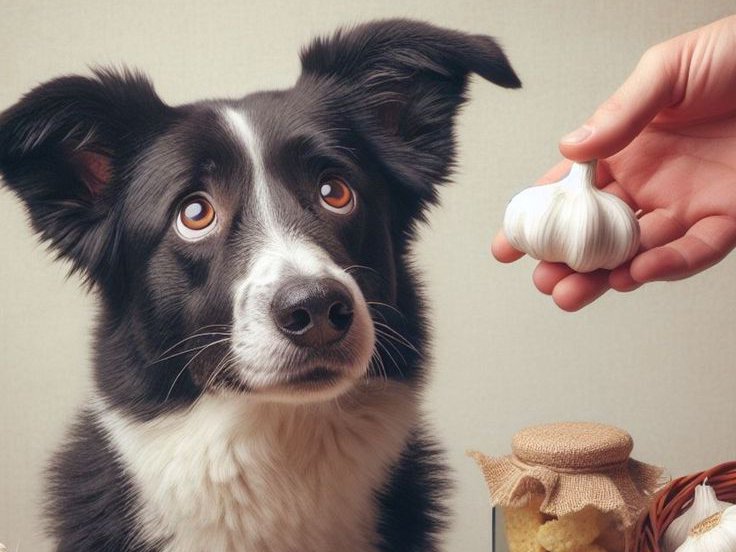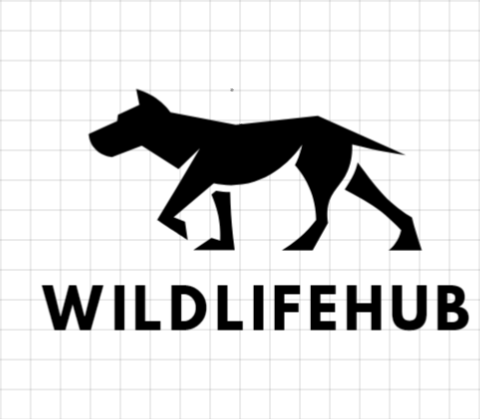
Garlic is a flavorful and beloved ingredient in many kitchens around the world, but when it comes to your furry best friend, things get a little more complicated. Many pet owners wonder: Is garlic safe for dogs? The short and important answer — no, it isn’t.
Though small amounts of garlic might seem harmless, garlic can be toxic to dogs, even in quantities you might consider minor. Let’s take a closer look at why garlic is dangerous, how much is too much, what symptoms to watch for, and what to do if your dog accidentally eats some.
Why Garlic Is Toxic to Dogs
Garlic belongs to the Allium family, which also includes onions, leeks, and chives — all of which are known to be harmful to dogs. Garlic contains compounds called thiosulfates, which are safe for humans but toxic to dogs. These compounds can damage your dog’s red blood cells and lead to a condition called hemolytic anemia, where the body starts destroying its own red blood cells.
This condition may not show symptoms right away, but it can become serious — even life-threatening — over time if left untreated.
How Much Garlic Is Dangerous?
Toxicity depends on a dog’s size, health, and how much garlic is consumed. As a general guideline:
-
As little as 15–30 grams of garlic per kilogram of body weight can be harmful.
-
For a 20-pound dog, that’s less than one small clove of garlic.
What to Do If Your Dog Eats Garlic
If your dog has consumed garlic — even a small amount — call your vet for guidance. In some cases, your vet may induce vomiting or recommend activated charcoal to reduce absorption. Blood work might be needed to check for anemia.
Time matters, especially if your dog has eaten a large quantity or shows symptoms. Don’t try to treat it at home without professional advice.
Final Thoughts
So, is garlic safe for dogs? No — even small amounts can be harmful and should be avoided. Whether it’s garlic powder on table scraps or a bite of seasoned meat, it’s best to err on the side of caution. Keep garlic out of your dog’s diet and stick to vet-approved treats and supplements that prioritize safety over trend.
Learn More
For more information on canine nutrition and food safety, visit petopedia.xyz or speak with your veterinarian directly
